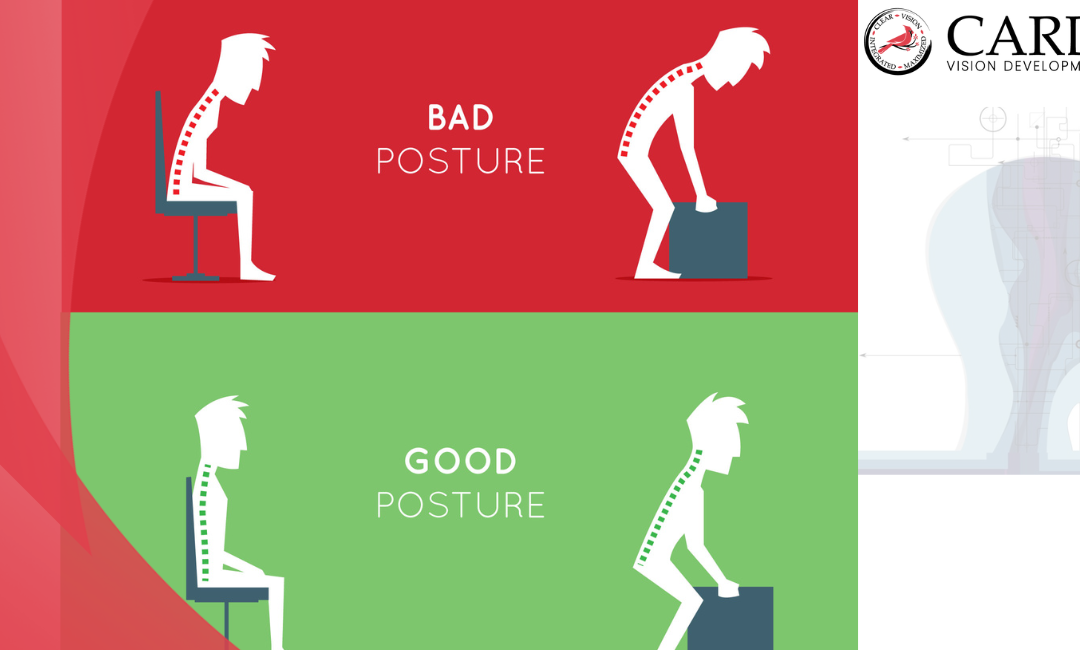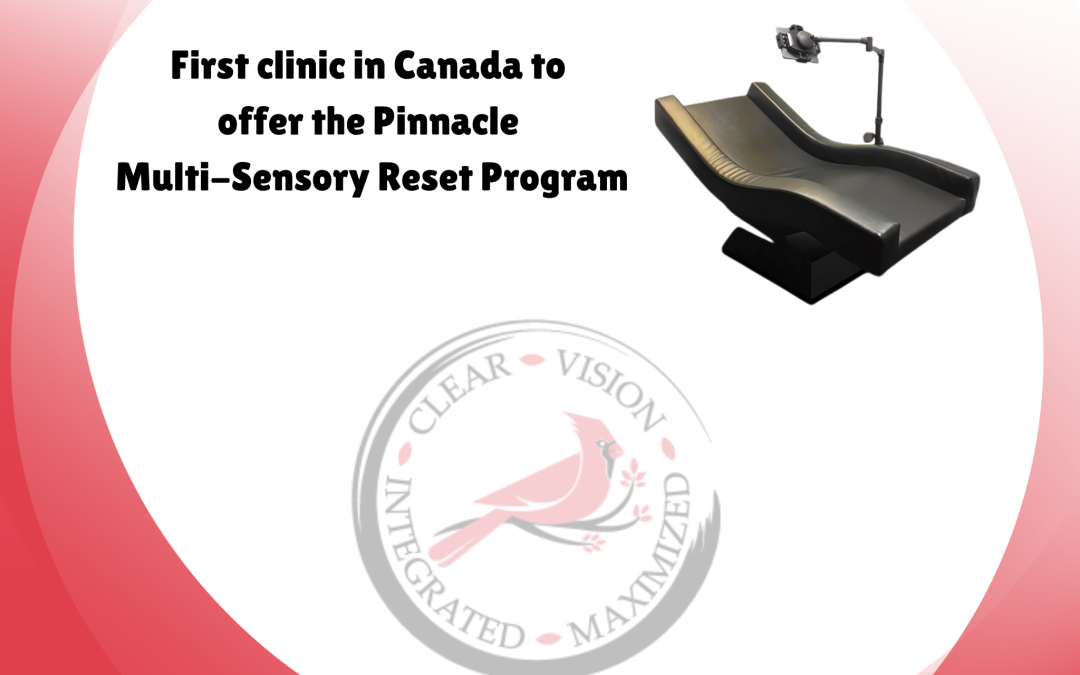Strabismus, commonly known as crossed eyes or an eye turn, is a condition where the eyes do not align properly. This misalignment can affect vision, depth perception, and overall eye coordination. While medical treatments such as surgery, glasses, or vision therapy are often recommended, eye exercises can play a crucial role in strengthening eye muscles and improving coordination.
In this guide, we will explore effective eye exercises for strabismus, their benefits, and how to practice them consistently. If you are looking for natural ways to improve eye alignment, these exercises can be a helpful addition to your routine.
What Is Strabismus?
Strabismus is a condition in which the eyes do not align properly. One eye may turn inward (esotropia), outward (exotropia), upward (hypertropia), or downward (hypotropia). This can lead to:
- Double vision (diplopia)
- Poor depth perception
- Eye strain and discomfort
- Lazy eye (amblyopia), especially in children
While strabismus can occur at any age, it is most commonly diagnosed in children. Early treatment, including eye exercises for strabismus, can help improve eye coordination and alignment.
Benefits of Eye Exercises for Strabismus
Eye exercises help train the brain and eye muscles to work together effectively. The key benefits include:
✅ Strengthening eye muscles – Improves control over eye movement
✅ Enhancing focus and coordination – Reduces eye fatigue and strain
✅ Encouraging binocular vision – Helps both eyes work together
✅ Preventing or reducing double vision – Improves clarity of vision
✅ Supporting other treatments – Complements vision therapy, glasses, or surgery
While these exercises may not fully correct severe strabismus, they can significantly enhance eye function and improve visual comfort.
Effective Eye Exercises for Strabismus
1️⃣ Pencil Push-Ups – Improve Convergence
This exercise helps strengthen the eye muscles responsible for focusing on close objects.
How to do it:
- Hold a pencil or small object at arm’s length.
- Slowly bring it toward your nose, keeping your eyes focused on it.
- Stop if you see double vision or if your eyes lose focus.
- Repeat 10–15 times daily.
✔ Tip: Perform this exercise in a well-lit room for better results.
2️⃣ Brock String Exercise – Enhance Binocular Vision
The Brock String is a simple yet powerful tool for improving eye coordination.
How to do it:
- Attach a string (about 5 feet long) to a fixed point.
- Place three beads at equal distances along the string.
- Hold the string near your nose and focus on each bead, ensuring both eyes work together.
- Adjust your gaze between the beads without moving your head.
- Repeat for 5–10 minutes daily.
✔ Tip: If you see two strings instead of one, your eyes are not converging properly. Keep practicing!
3️⃣ Barrel Card Exercise – Correct Eye Turn
This exercise is useful for exotropia (outward eye turn).
How to do it:
- Draw three red circles of increasing size on one side of a card.
- Draw three green circles of the same size on the opposite side.
- Hold the card in front of your nose, aligning the circles.
- Focus on the closest circle until it appears as one.
- Repeat with the middle and farthest circles.
✔ Tip: Perform this exercise for 5 minutes twice a day to train your eye muscles.
4️⃣ Focus Shifting – Strengthen Eye Coordination
This exercise improves flexibility in eye movement.
How to do it:
- Hold a small object in your hand at arm’s length.
- Focus on the object for 5 seconds, then shift focus to a distant object.
- Repeat the process 10–15 times.
✔ Tip: This is a great exercise for reducing eye strain caused by excessive screen time.
5️⃣ Eye Patching – Treat Lazy Eye (Amblyopia)
If one eye is weaker than the other, patching the stronger eye forces the weaker eye to work harder.
How to do it:
- Cover the stronger eye with an eye patch.
- Perform daily tasks or exercises while using only the weaker eye.
- Continue for 30 minutes to 1 hour daily (as advised by an eye specialist).
✔ Tip: Patching should be done under professional guidance to prevent overuse.
How Often Should You Do Eye Exercises for Strabismus?
For best results, practice these exercises daily. Start with 5–10 minutes per exercise and gradually increase the duration. Consistency is key to improving eye alignment and coordination.
When to See an Eye Specialist
While eye exercises for strabismus can be beneficial, they may not be enough for severe cases. Consult an eye specialist if you experience:
🚨 Worsening eye misalignment
🚨 Severe double vision
🚨 Frequent headaches or eye strain
🚨 Difficulty focusing despite regular exercise
An eye doctor may recommend vision therapy, corrective lenses, or surgery if needed.
Final Thoughts: Strengthen Your Vision Naturally
Strabismus can impact vision and daily activities, but eye exercises can help strengthen eye muscles, improve coordination, and support overall eye health. Whether used alone or alongside other treatments, these exercises are a simple and effective way to enhance binocular vision.
💡 Key Takeaways:
✔ Practice daily for the best results.
✔ Combine exercises with professional guidance.
✔ Monitor progress and adjust exercises as needed.
If you or your child struggles with strabismus, consider incorporating these eye exercises into your routine. For professional advice, visit Cardinal Vision Development and explore expert eye care solutions.








